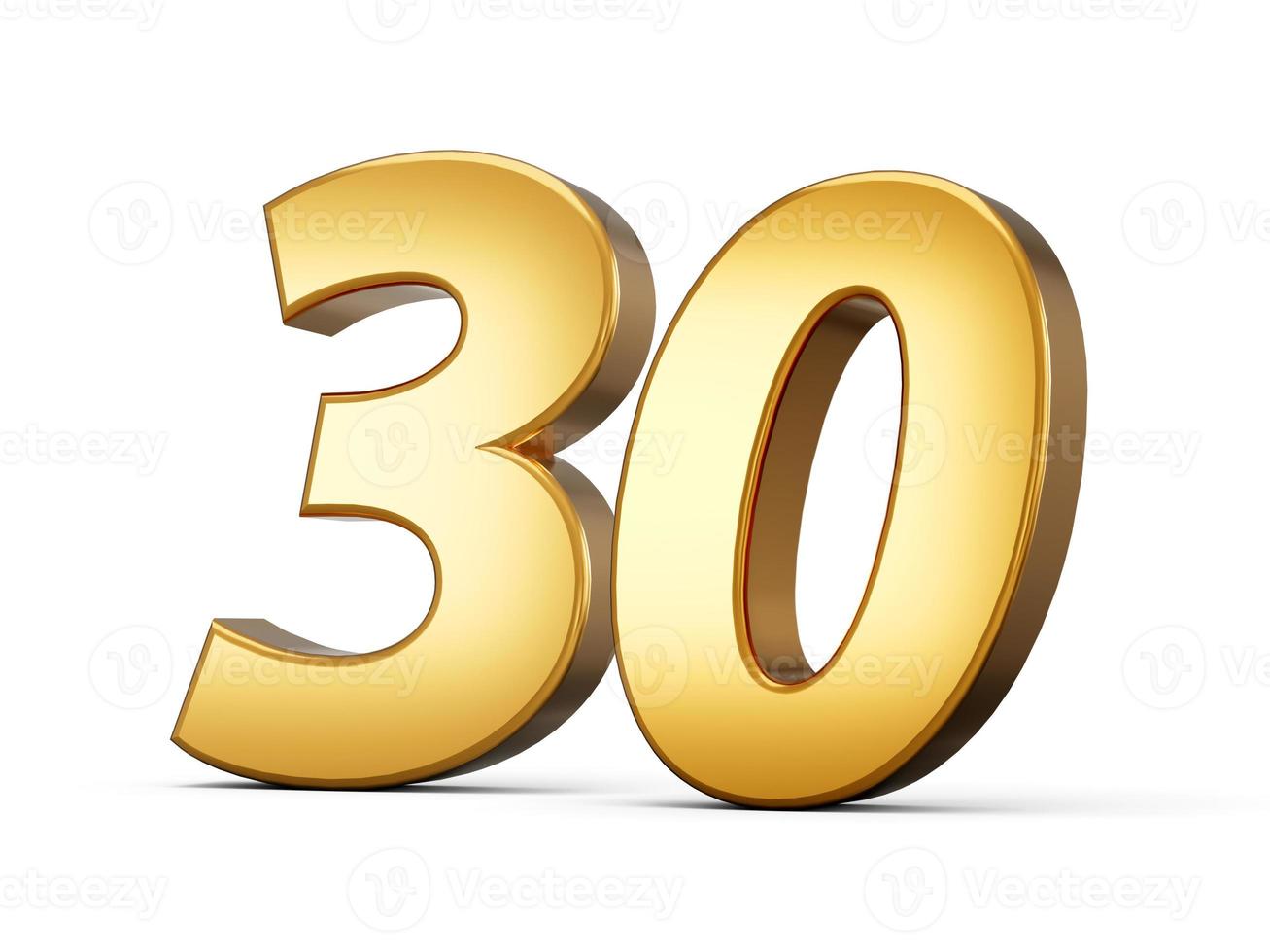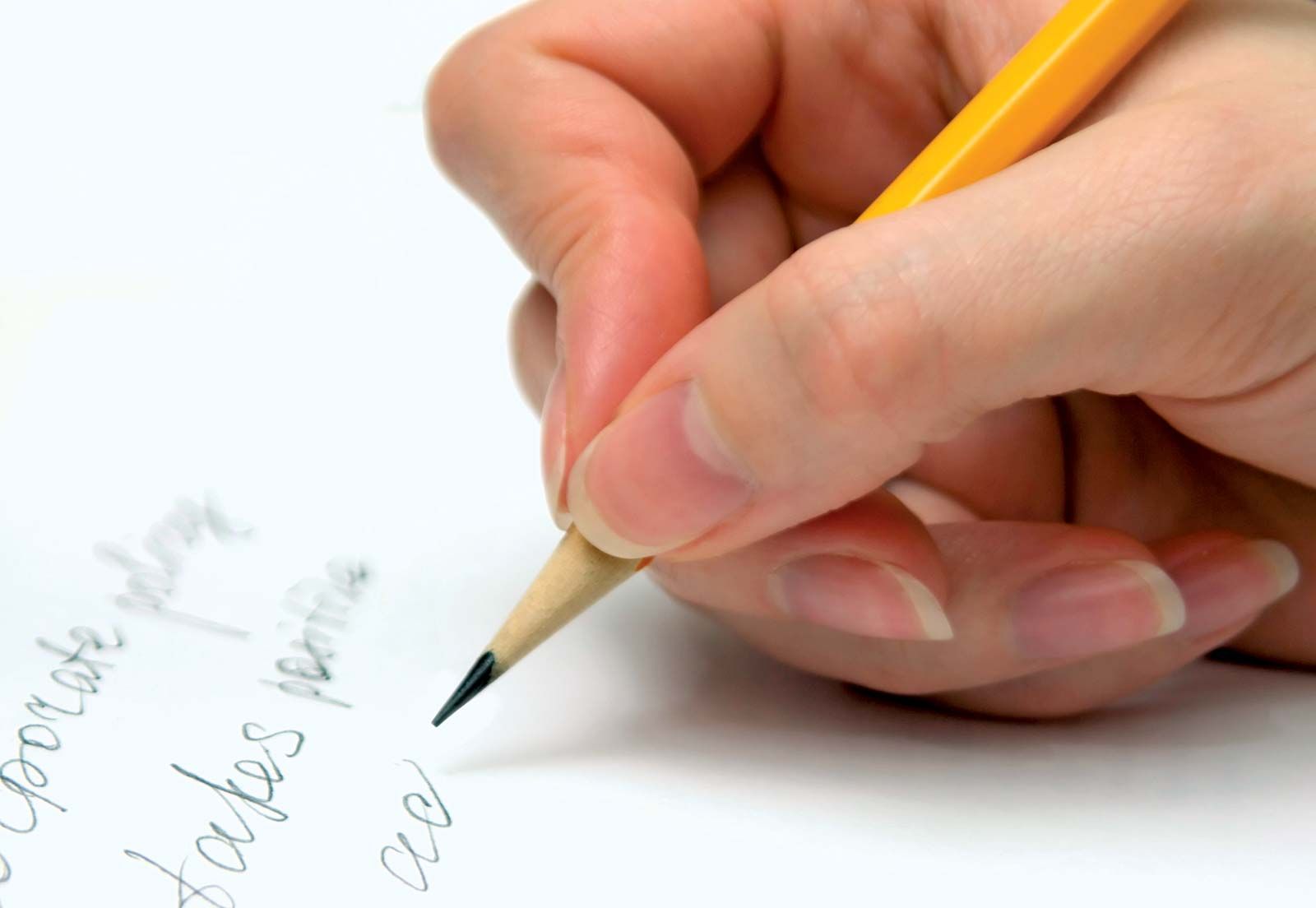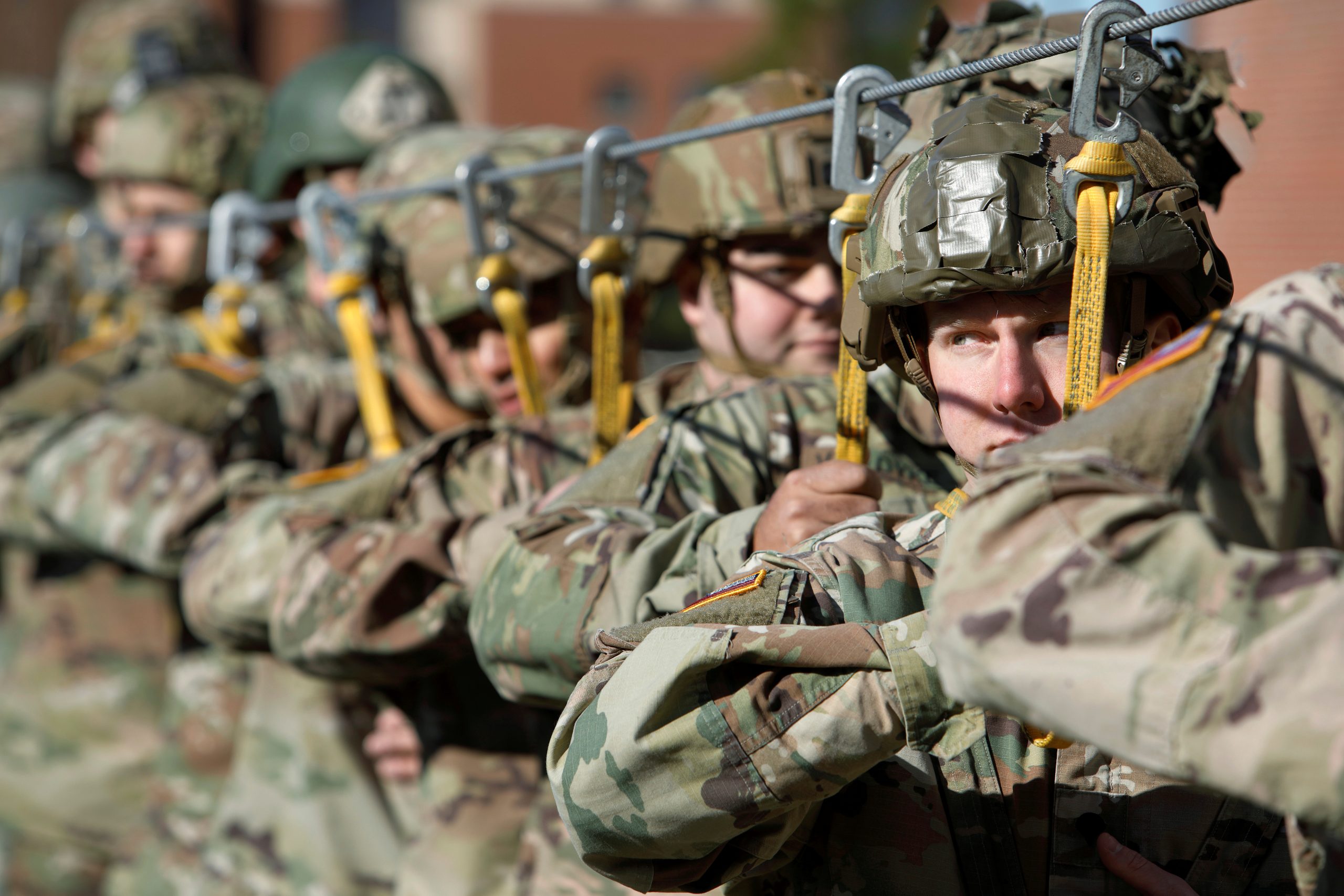How to Write Thirty-Six in Words

Writing numbers in words is a fundamental skill in the English language, especially when it comes to writing numbers like thirty-six. While it may seem straightforward, there are nuances to consider when converting numerical values to their written forms. This guide will delve into the proper way to write thirty-six in words, offering a comprehensive understanding of this seemingly simple task.
Understanding the Basics

The number thirty-six is composed of two distinct components: thirty and six. When writing it in words, we combine these two elements, ensuring a clear and concise representation. This process is not merely about substituting digits with words but rather about presenting a numerical value in a more readable and understandable format.
The Significance of Word Order
In English, the word order for writing numbers follows a specific pattern. The larger value comes first, followed by the smaller one. This principle is crucial when writing numbers like thirty-six, ensuring clarity and preventing misinterpretation.
For instance, consider the number 126. If we were to write it in words without considering the word order, we might end up with "sixty twelve," which is incorrect. The correct representation is "one hundred twenty-six", where the larger value of one hundred precedes the smaller values of twenty and six.
The Rules for Writing Thirty-Six

To write thirty-six in words, we follow a simple yet precise rule. The number thirty represents the tens place, and six represents the units place. By combining these two, we arrive at the correct written form: “thirty-six”.
Here's a breakdown of the process:
- Identify the Tens Place: In this case, it's thirty.
- Identify the Units Place: The number six represents this.
- Combine the Two: By joining thirty and six, we get "thirty-six".
It's as simple as that! This method ensures that the number is accurately represented in its written form.
A Comparative Analysis
Let’s compare this with another number, twenty-six, to further emphasize the importance of word order.
- Twenty-Six: Represents the number 26 and is written as "twenty-six".
- Thirty-Six: Represents the number 36 and is written as "thirty-six".
Notice the difference in the placement of "twenty" and "thirty". This subtle distinction is critical in ensuring the correct interpretation of the numerical value.
Practical Applications
Writing numbers in words is not merely an academic exercise; it has practical applications in various fields. Here are some real-world scenarios where the skill of writing thirty-six in words can be beneficial:
- Legal Documents: In legal contracts, agreements, or even court documents, precise and accurate representation of numbers is essential. Writing thirty-six in words can help prevent any misinterpretation or ambiguity.
- Financial Records: When dealing with financial transactions, whether it's banking, accounting, or budgeting, writing numbers in words provides an additional layer of clarity and helps prevent errors.
- Historical Records: For historians and researchers, accurately writing numbers in words is crucial when dealing with historical documents, ensuring the preservation of historical accuracy.
- Creative Writing: In creative writing, especially in literature or poetry, writing numbers in words can add a touch of elegance and uniqueness to the narrative.
A Real-World Example
Consider a scenario where a legal document mentions the number thirty-six. Writing it as “thirty-six” not only ensures clarity but also adds a level of formality and precision to the document. This simple act of converting a number to its written form can significantly enhance the document’s professionalism and readability.
| Numerical Value | Written Form |
|---|---|
| 36 | Thirty-six |

Conclusion
Writing thirty-six in words is a simple yet essential skill. By understanding the basics, following the rules, and recognizing the importance of word order, you can accurately represent numerical values. This skill is not just theoretical but has practical applications in various fields, making it a valuable addition to your writing repertoire.
So, the next time you encounter the number thirty-six, remember to write it as "thirty-six" with confidence and precision.
FAQ
How do I write other numbers in words?
+Writing other numbers in words follows a similar pattern. Identify the tens and units places and combine them accordingly. For instance, forty-two would be written as “forty-two,” and seventy-five as “seventy-five.”
Are there any exceptions to the word order rule?
+Generally, the word order rule applies consistently. However, in some cases, like with compound numbers, the word “and” is used to separate the tens and units. For example, “twenty-one” and “thirty-two.”
Why is it important to write numbers in words accurately?
+Accurate representation of numbers in words ensures clarity, prevents misinterpretation, and adds a layer of professionalism to your writing. It’s especially crucial in legal, financial, and historical contexts.



